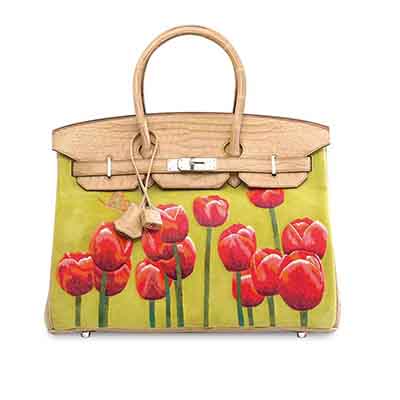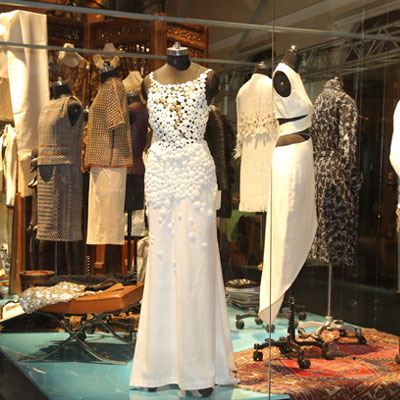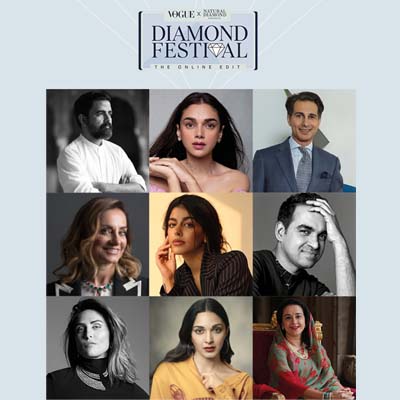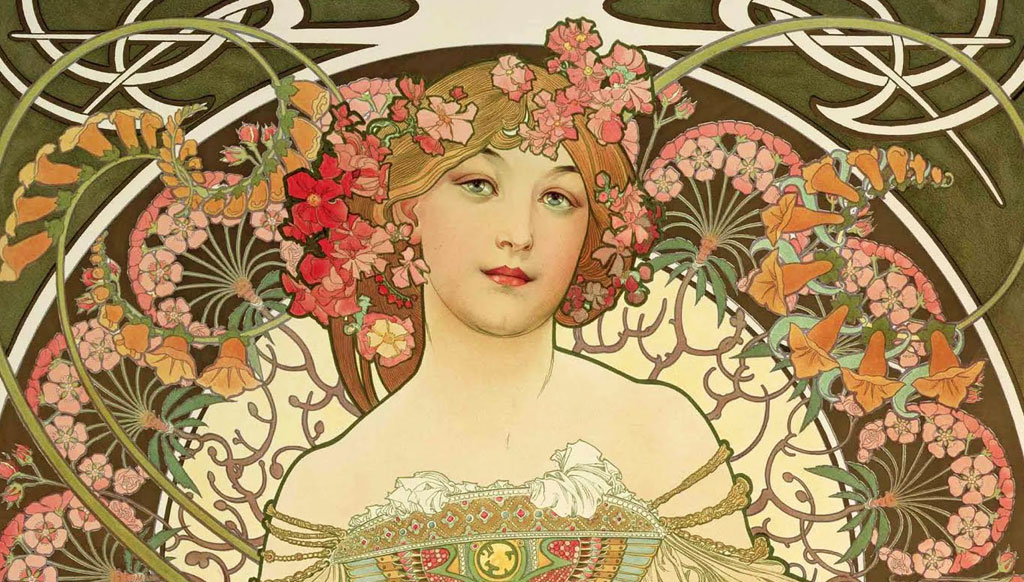
Art Nouveau is considered a “total” art style, embracing architecture, graphic art, interior design, and most of the decorative arts including jewelry, furniture, textiles, household silver and other utensils and lighting, as well as the fine arts
Art Nouveau presents itself with good reason as breaking with the styles of the past, and promoting a “modern” environment based on a revival of forms and decorations. From the point of view of work produced, on the other hand, and this in spite of its social aspirations, it belongs to the tradition of the often- expensive technical experiments that brought fame to the luxury goods industries in France throughout the 19th century and until the early 20th century.
Art Nouveau is considered a “total” art style, embracing architecture, graphic art, interior design, and most of the decorative arts including jewelry, furniture, textiles, household silver and other utensils and lighting, as well as the fine arts. “Tiffany Style” in the United States was named for the legendary Favrile glass designs of Louis Comfort Tiffany.
As the son of Charles Lewis Tiffany, who founded Tiffany & Co. in 1837, Louis Comfort Tiffany might have followed in his father’s footsteps. Instead, with an affinity for hard work and a fertile imagination, he followed his own path to success and renown. Just as Charles Tiffany created exquisite jewels for the affluent, building his “fancy goods” store into one of the great success stories of the age, Louis Comfort Tiffany created his own extraordinary designs that enriched the lives of all Americans.
Art Nouveau fashion questioned conventional gender norms with daring flamboyance, presenting women in suits, influenced by tailored menswear, for the street and overtly seductive lingerie for the boudoir.
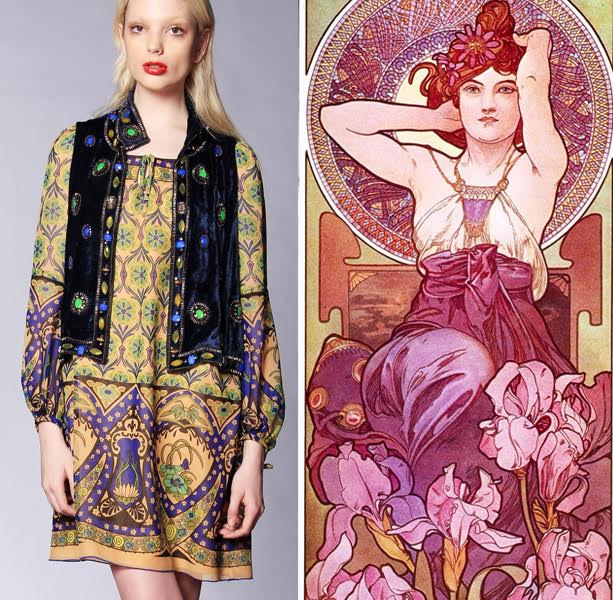
Between 1890 and 1914 with the rise of the art nouveau style, the dress was granted the status of decorative art. This paralleled the ascent of the Paris couture houses with the success of clothing designers at Maison Worth, Maison Paul Poiret, Jeanne Paquin, and Lucile who utilized publicity from advertising and fashion.
![]()
Art Nouveau is characterized by the use of long organic lines with moderate and dark colors. Mustard yellow, dark red, olive, brown, violet and blue are some of the most popular colors
![]()
The art nouveau “look” was at the cutting edge of modern style. Only the most fashionable wore it in its fullest manifestation, while others preferred moderated versions. These styles were spread internationally through fashion journals, such as Les Modes and down through middle-class oriented magazines like The Ladies Field and La Mode illustrée. Les Modes of July 1902 featured, for example, an art nouveau ball dress by Maggy Rouff with full-length swirls in silver and diamante, on a straw-colored silk ground trimmed with alençon lace.
![]()
Some of the major artists involved in Art Nouveau were Dutch artist Vincent Van Gogh, Czech artist Alphonse Mucha, American glassmaker Louis Comfort Tiffany, and English illustrator Aubrey Beardsley
![]()
Art Nouveau is characterized by the use of long organic lines with moderate and dark colors. Mustard yellow, dark red, olive, brown, violet and blue are some of the most popular colors. The specific ornamental characteristics of this modern style were asymmetrical, rising and falling pattern of lines, which used to take the form of flowers, buds, insect wings, vine tendrils and other motifs inspired from nature. Some of the major artists involved in Art Nouveau were Dutch artist Vincent Van Gogh, Czech artist Alphonse Mucha, American glassmaker Louis Comfort Tiffany, and English illustrator Aubrey Beardsley. It’s Influence On Fashion: American fashion designer Anna Sui often seeks inspiration from Art Nouveau. Her Spring 2010 and Spring 2015 Ready-To-Wear lines had strong hints of Art Nouveau-inspired floral prints and organic designs. Another major designer inspired by the movement was Coco Chanel. Jean Lanvin, Leon Bakst (Russian costume designer), French fashion designer and art collector Jacques Doucet and French designer Paul Poiretare are also known for bringing Art Nouveau to mainstream fashion.
The writer is an artist with an ability to render brilliant visages, fusing the visual arts with an innate understanding of global fashion, and photography, which are really an extension of our lives, along with culture





